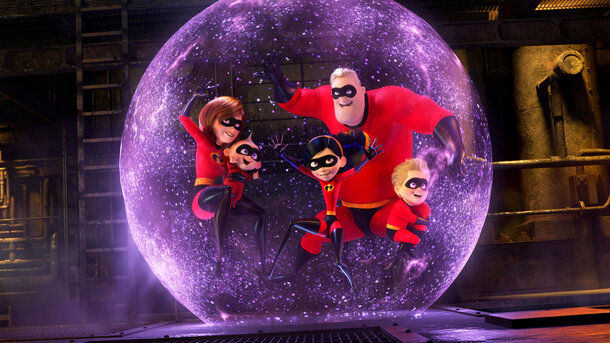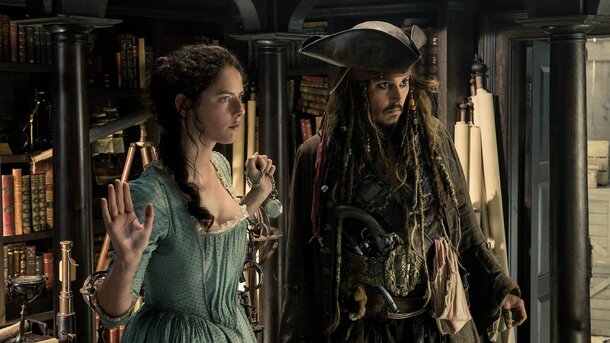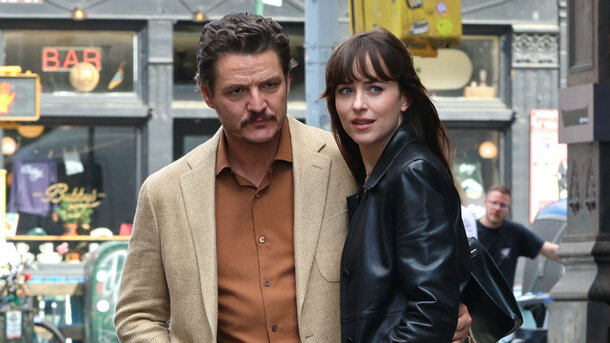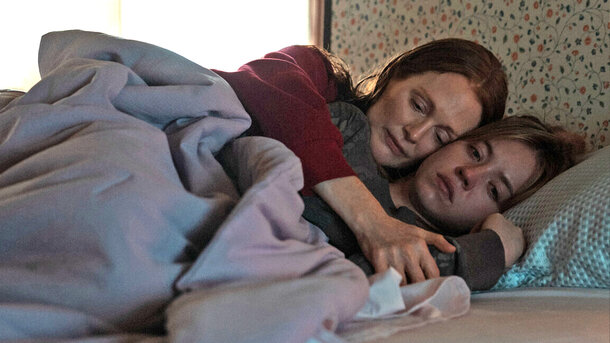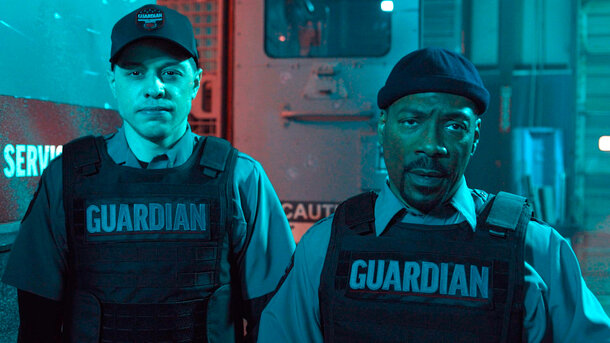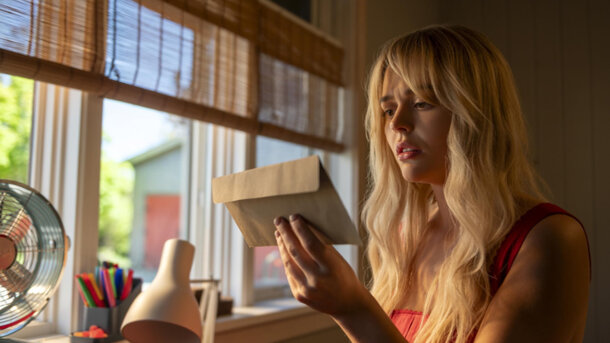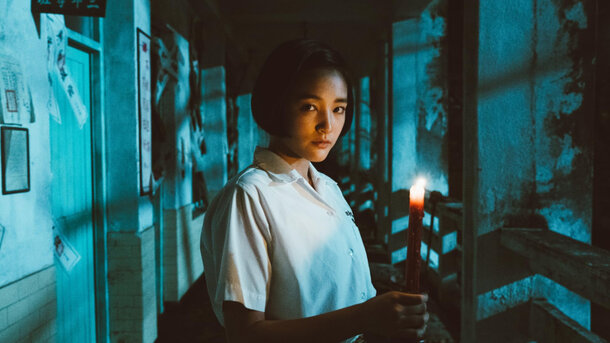When Netflix and BBC announced the Dracula miniseries from writers Steven Moffat and Mark Gatiss, fans of Bram Stoker’s iconic novel held their breath in anticipation. It seemed that the duo behind Sherlock would create something truly thrilling, stylish, and intelligent. However, with each episode, the series only got worse. While the first episode kept the tension high and evoked genuine excitement, by the finale, the project had descended into pure absurdity.
Dracula: Started on a High Note
The first episode felt like a classic gothic horror, complete with lavish sets, a chilling atmosphere, and Dracula’s ominous castle. It gave the impression of a hardcore adaptation that retained the spirit of the novel.
Dracula, played by Claes Bang, commanded respect, while Sister Agatha Van Helsing, portrayed by Dolly Wells, unexpectedly became a fresh and dynamic character. Yes, the writers deviated from the book, but at first, these changes felt justified and intriguing.

However, by the second episode, the series began to lose focus, and by the third, it had turned the legendary vampire’s story into a ridiculous farce in the style of Sherlock with Benedict Cumberbatch.
Dracula: Ending on a Low Note
Several issues stand out when analyzing the flaws of Netflix’s miniseries. A drastic shift in tone and atmosphere: The first episode was gripping and resembled a classic gothic horror, but as the series progressed, the supernatural elements gave way to dull conversations and nonsensical plot twists.
Dracula lost his charisma: In the first episode, he was terrifying and majestic, but as the show continued, he became a parody of himself. His scenes no longer inspired fear — only confusion and laughter. It felt as if Netflix had aimed too high with him and failed to continue his story in a compelling way. Modern settings killed the aesthetic: At some point, the writers decided it would be a good idea to transport Dracula into the 21st century. Instead of a stylish Victorian horror, the series turned into a bizarre fantasy.

What Else Went Wrong?
Each of the three episodes lasted 90 minutes, and while early deviations from the source material felt natural, by the finale, it was clear that the writers had simply discarded entire sections of the book in favor of their own version of the story. Even devoted fans of Moffat and Gatiss were disappointed with the climax. Dracula suddenly realizes that his fear of sunlight is merely a psychological barrier and... steps into the daylight. Yes, just like that.
The Final Verdict on Dracula
Netflix and BBC started with a great idea, but throughout production, the series lost all its potential. This wasn’t just a loose adaptation — it was outright chaos, where the creators failed to balance originality with experimentation. The result was predictable: viewers on IMDB and other platforms rated the show around 6+, noting that the finale completely destroyed everything that had made the beginning so compelling.

